Lead-based paint was used on the exterior and interior of many homes throughout the United States until it was banned in 1978. It was popular as an additive to paint because it helped it to dry faster and gave it moisture resistance. Lead-based paint also tended to last longer. Lead is a naturally occurring heavy metal, and it can be found everywhere. Its unique properties meant it used to have a million and one uses. It was in fuel, home construction materials, ceramics, ammunition, and even cosmetics.
There’s just one huge problem: lead is very poisonous, even in very small amounts. So much as inhaling lead particles can lead to severe and permanent health effects. Prolonged exposure to lead-based paint can lead to brain damage, kidney damage, nerve damage, and even bone marrow disease. Children aged six and under are at the highest risk of exposure to lead because they like to touch everything, chew on most things, and stick their fingers in their mouths. They are also the group most likely to experience severe health effects from lead-based paint. Pregnant women are also at high risk since lead exposure can lead to development issues for the baby.
It’s no surprise then that this heavy metal was banned from almost all applications as the dangers of lead became more publicized. Unfortunately, lead had already been used in home construction for decades by that point, and there are still many homes that contain lead-based paint and lead plumbing. The US Environmental Protection Agency (EPA) estimates that there are still at least 50 million homes in the United States that contain lead-based paint in their interiors. If you live in a home that contains lead, taking mitigating measures is crucial to protect your family.
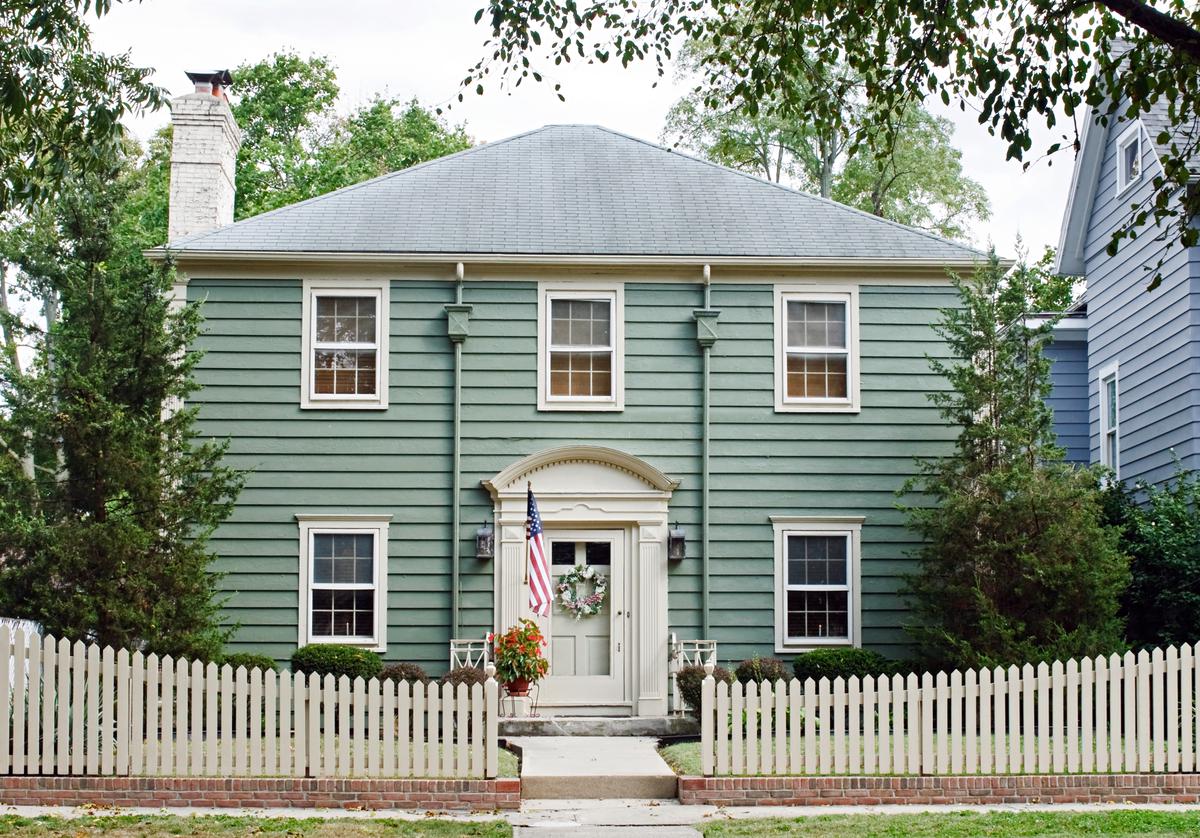
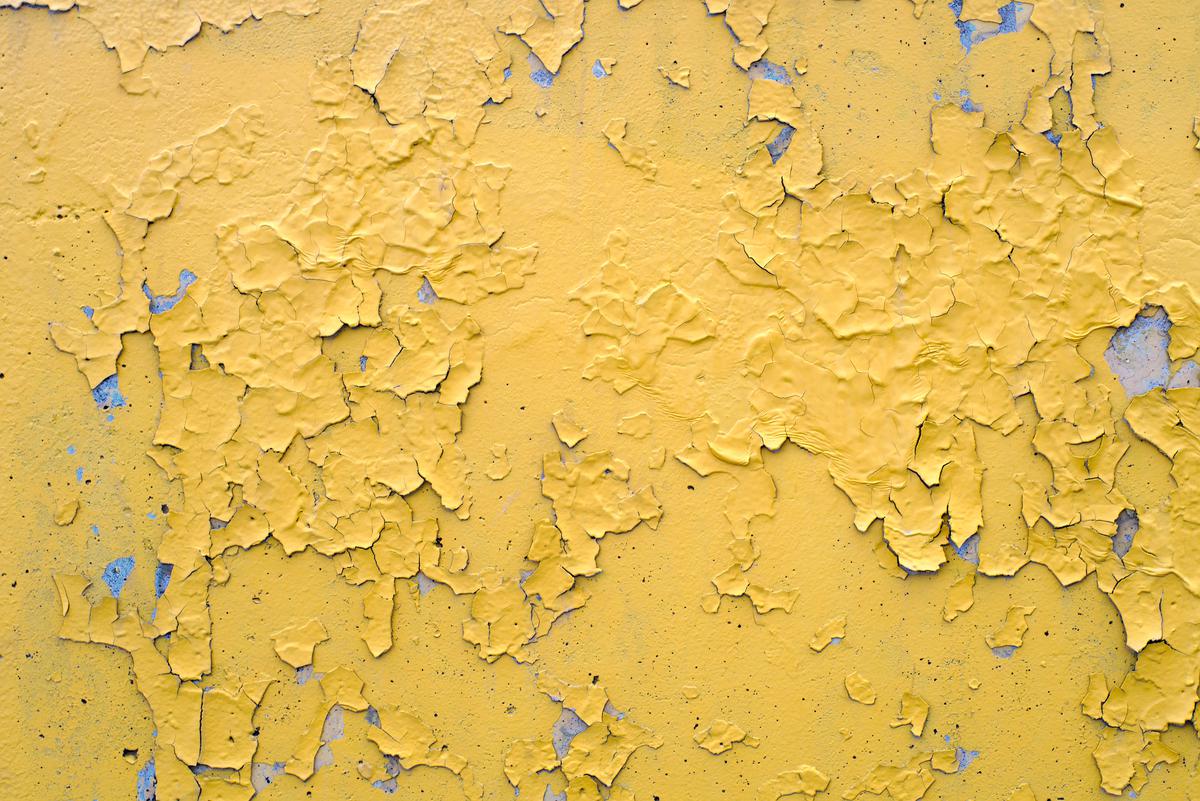
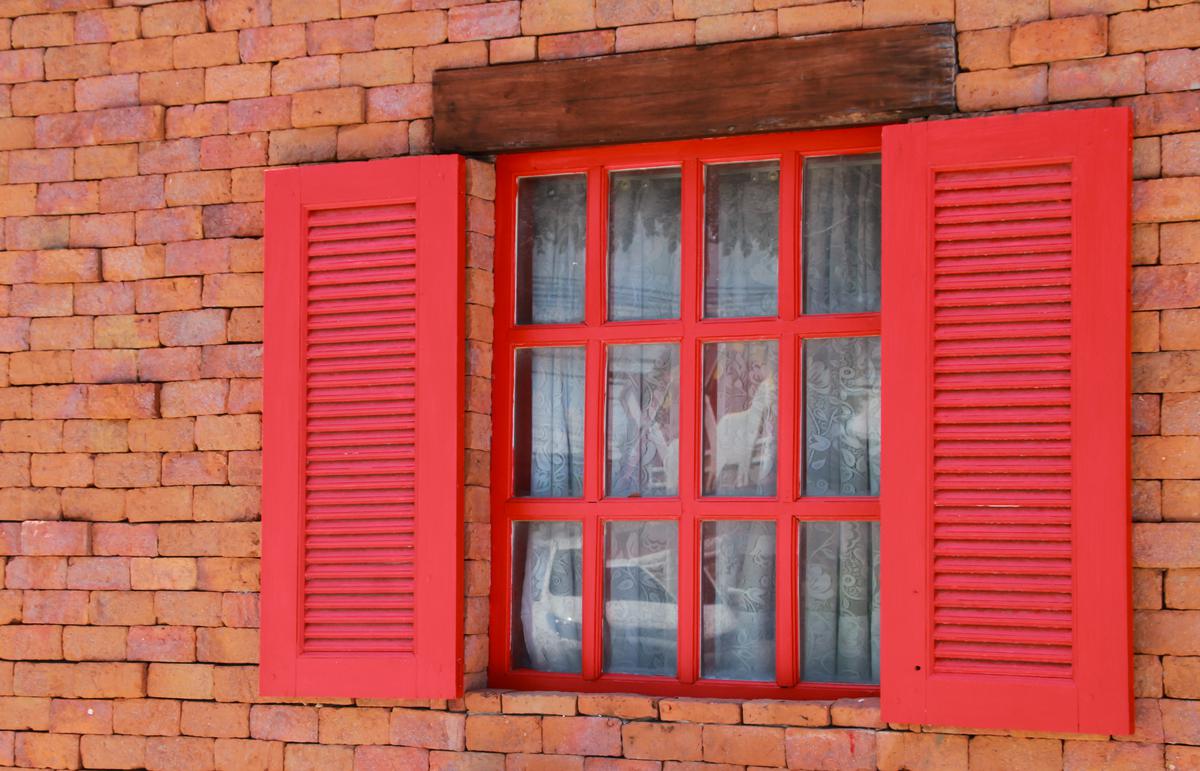
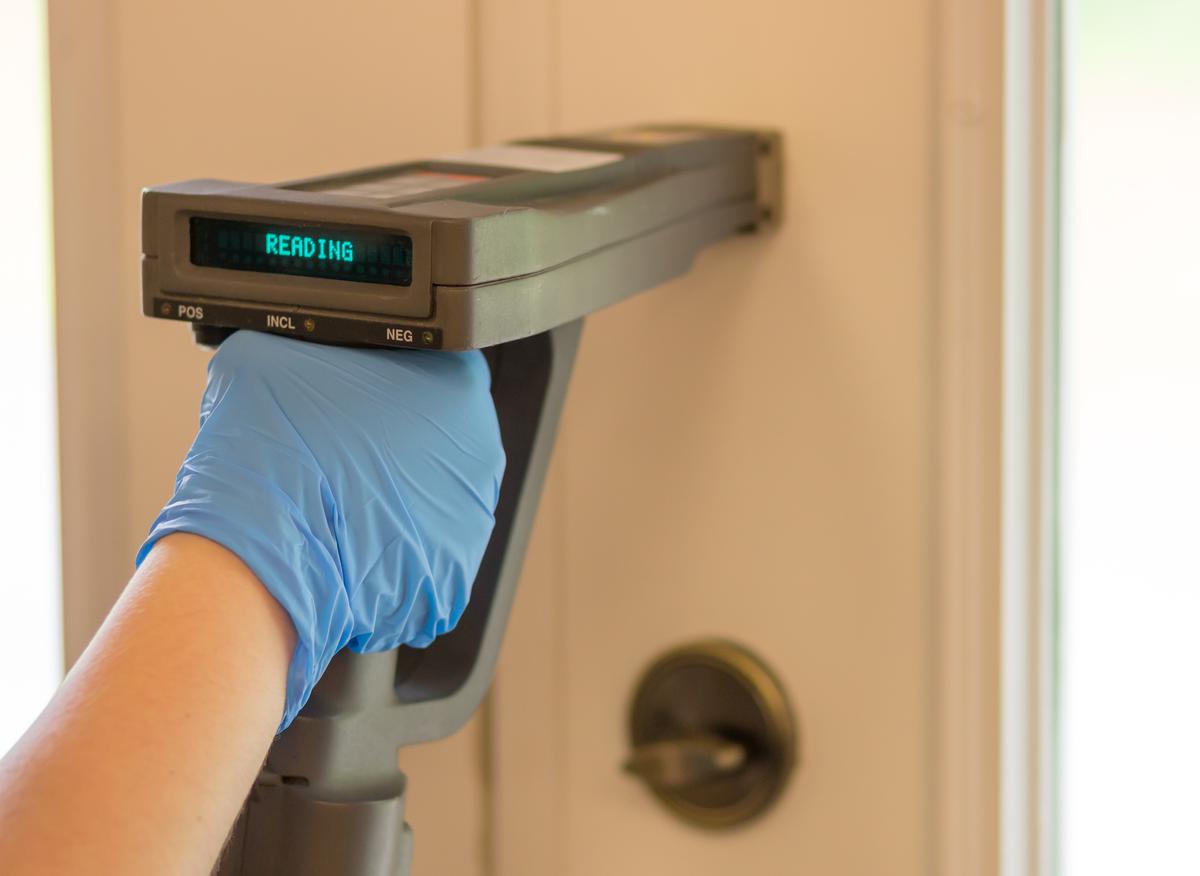

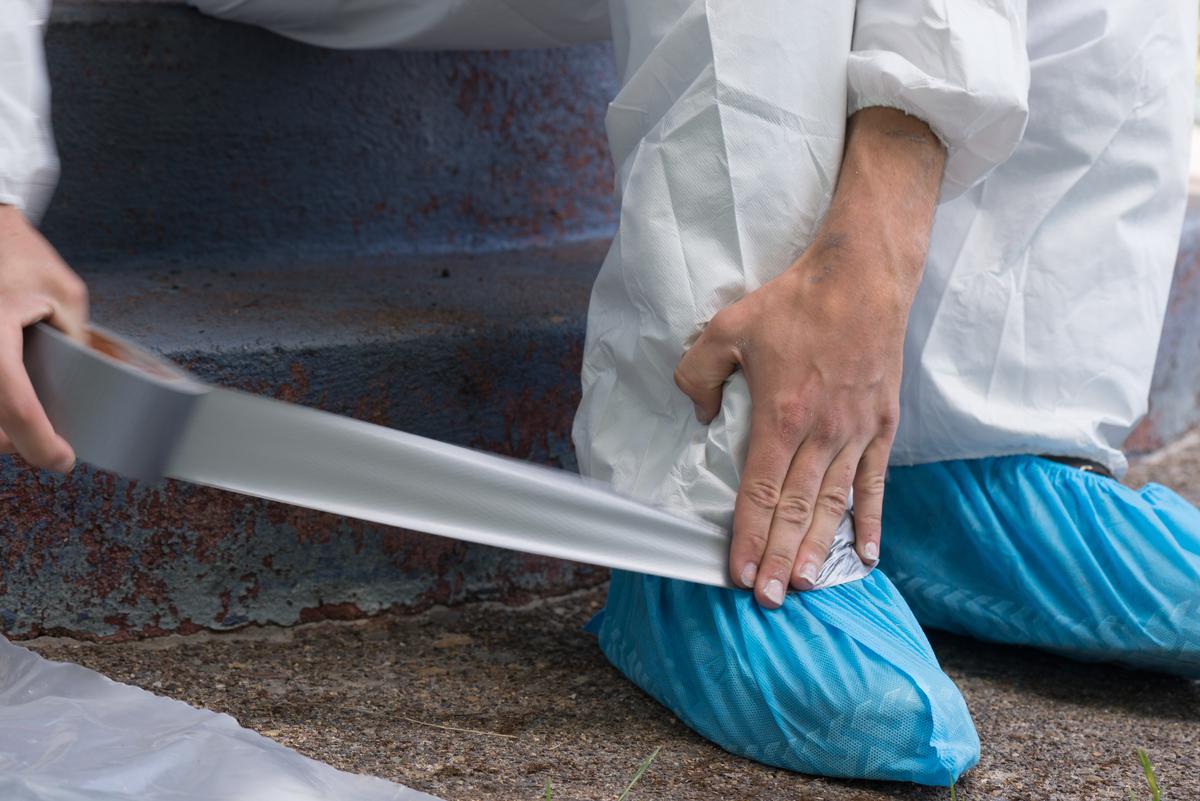
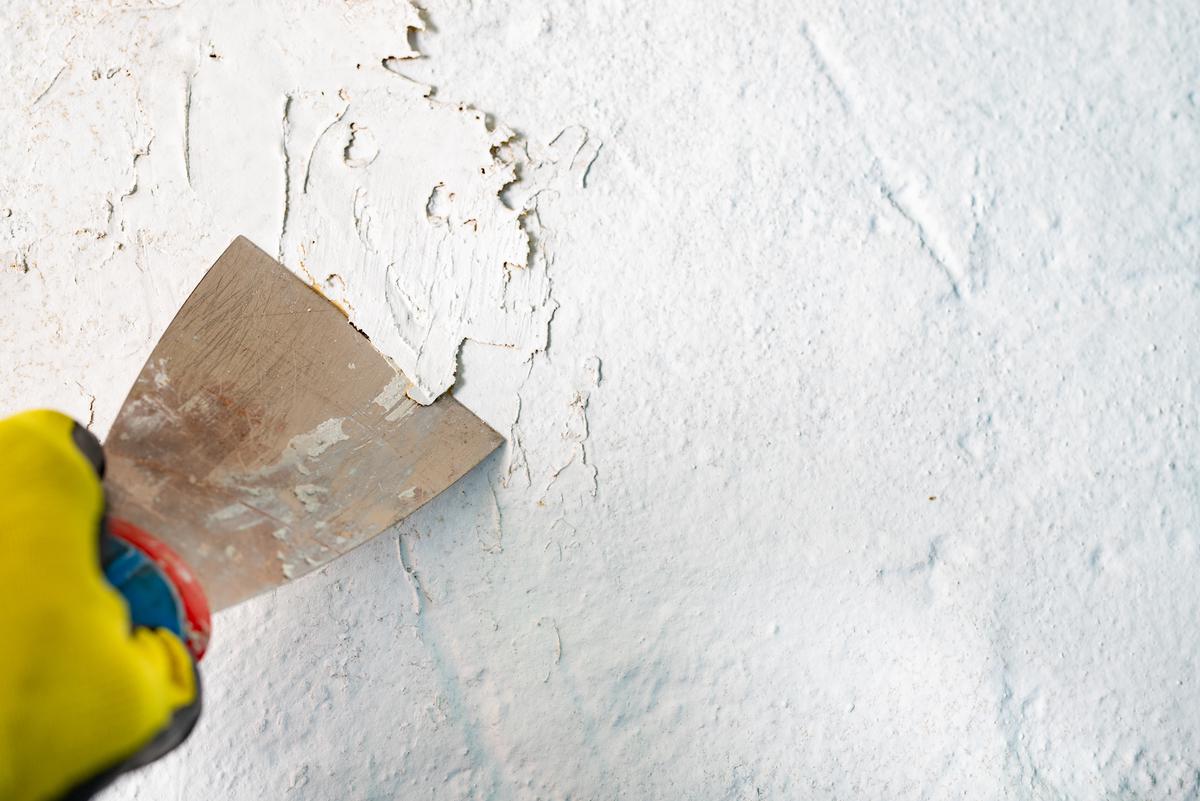
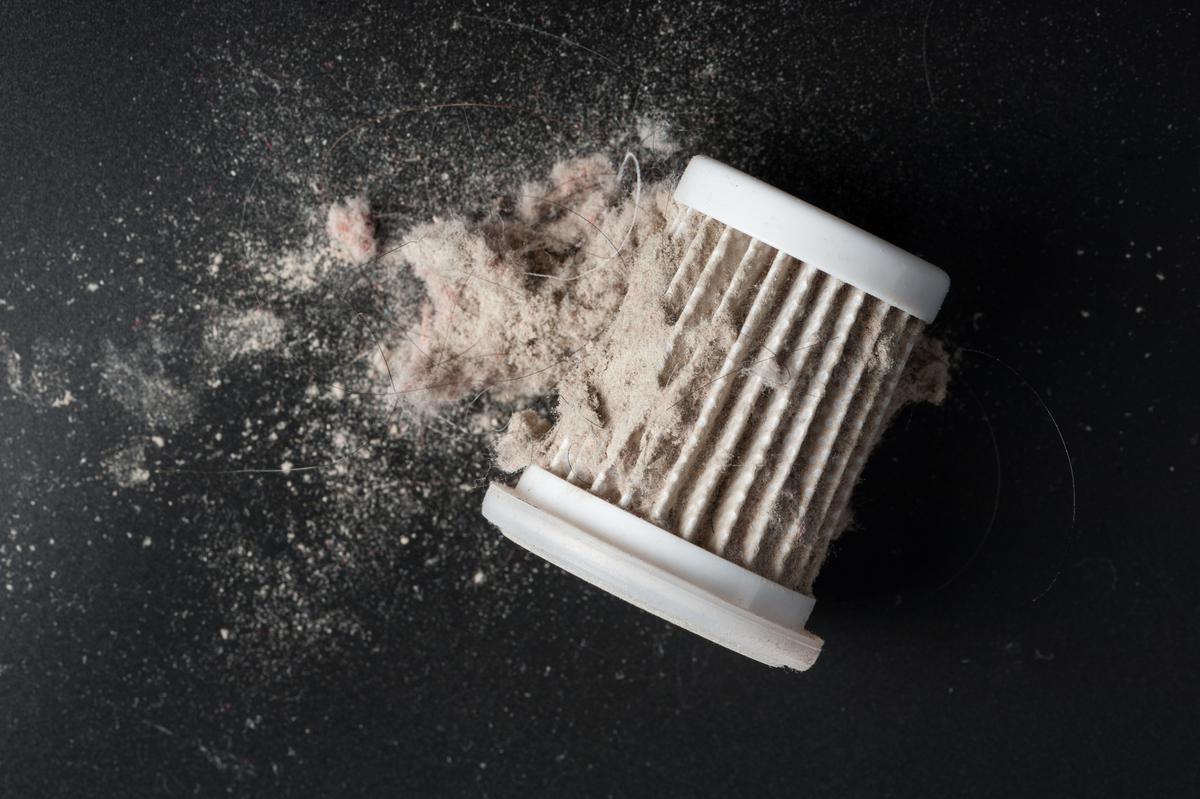
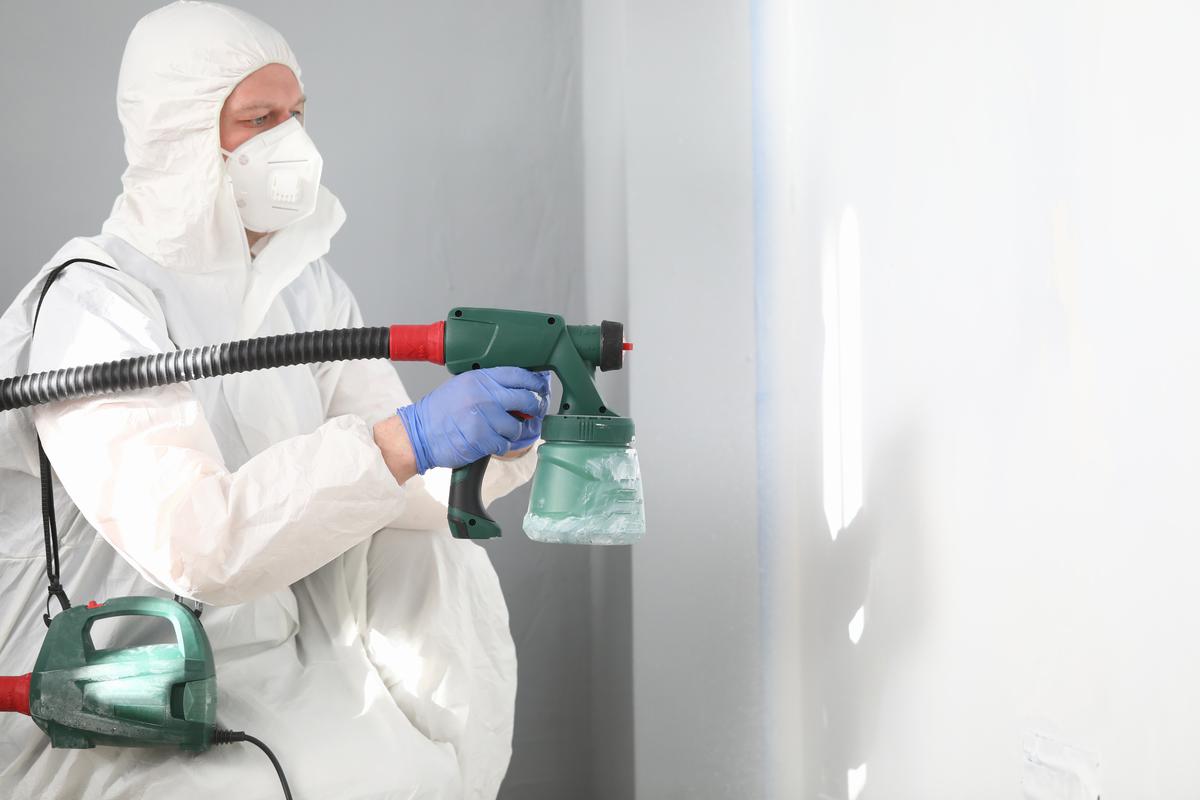
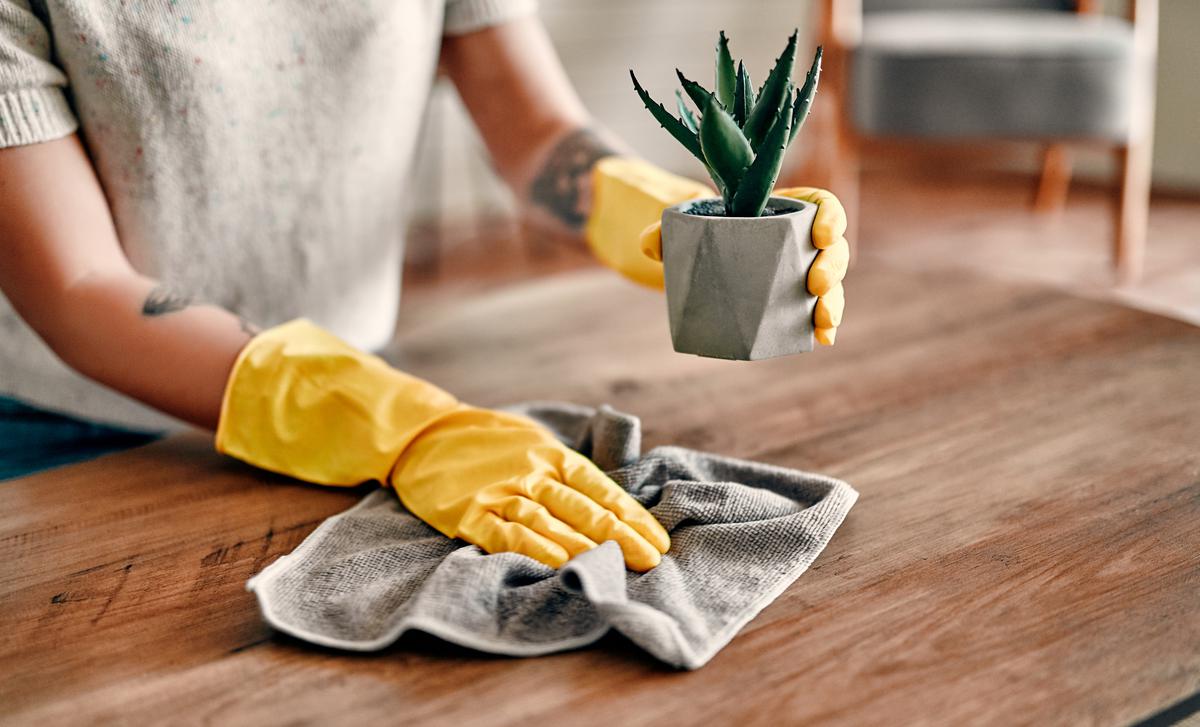
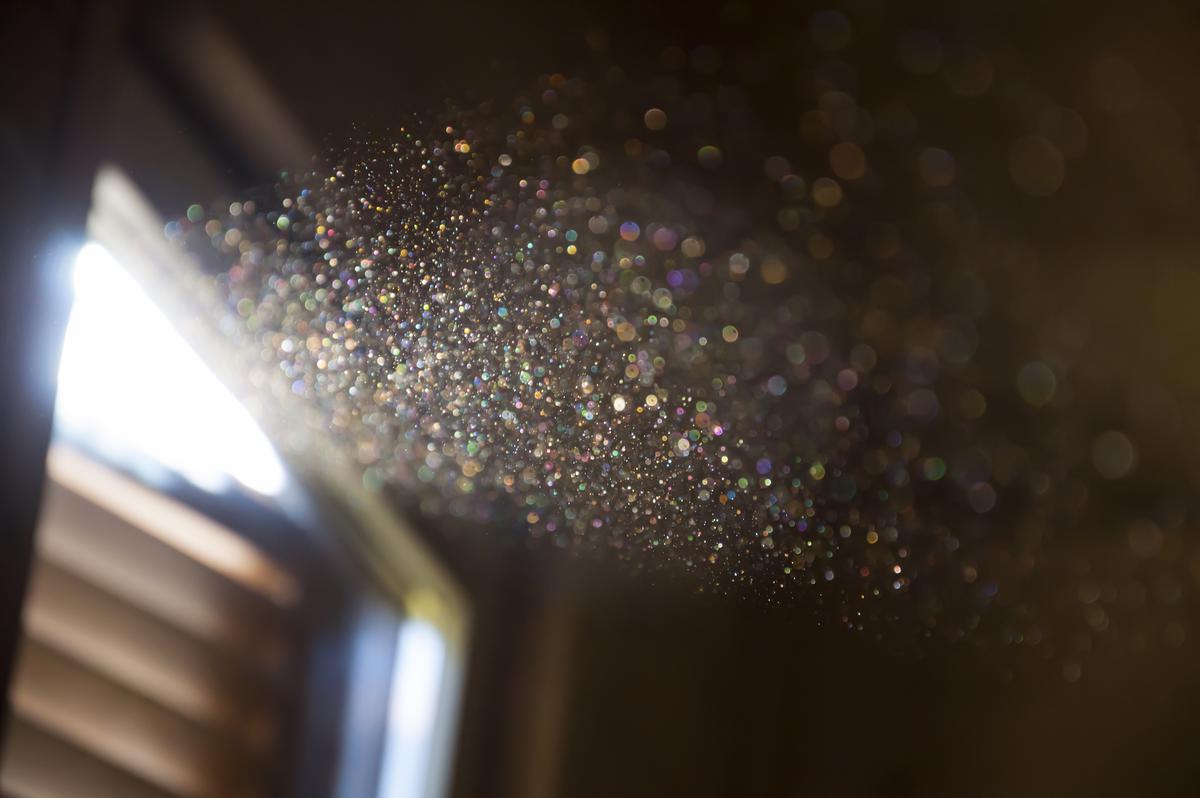
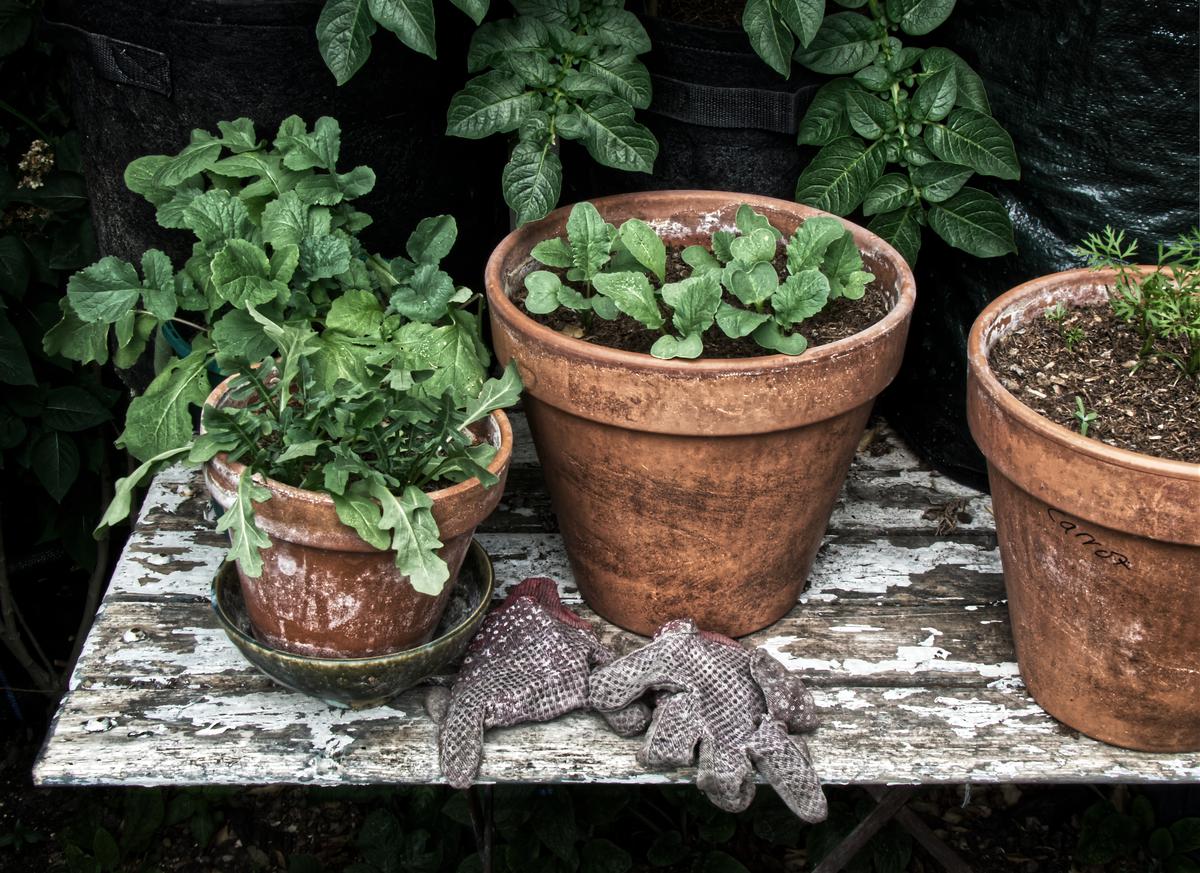
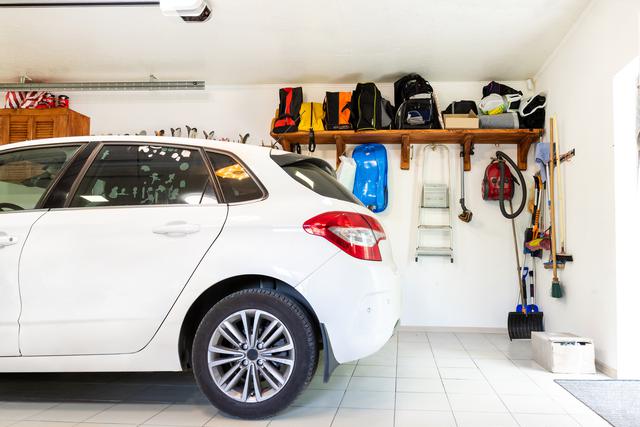



comments